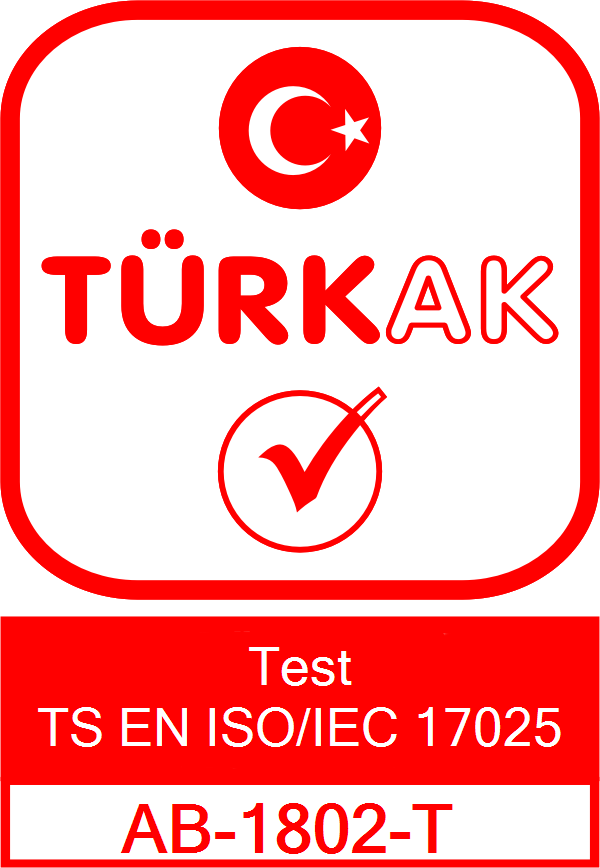
Heavy Metal Testing in Cosmetic Products
Heavy Metal Testing in Cosmetic Products
Contents
Determination of heavy metals in cosmetic products is important to protect the health of users because heavy metals can accumulate and adversely affect human health. Especially heavy metals such as lead, mercury, cadmium, arsenic are among the frequently controlled substances in cosmetic products.
Heavy metal determination in cosmetic products is usually done by the following methods:
1. *Atomic Absorption Spectrophotometer (AAS):* This method measures how much light the vaporized metal ions from the sample absorb in a flame or graphic oven.
2. *Inductively Coupled Plasma Mass Spectrometer (ICP-MS):* This is a highly sensitive method for detecting the concentration of heavy metals. Cosmetic samples are prepared and ionized in a plasma source. These ions are then analyzed with a mass spectrometer.
3. *Inductively Coupled Plasma Optical Emission Spectroscopy (ICP-OES):* This method measures the emission spectra of metals in cosmetic samples.
Sample preparation steps for heavy metal determination in cosmetic products:
1. *Sample Weight:* First, a certain amount (usually a few grams) of the cosmetic product is taken.
2. *Acidic Extraction:* The sample is extracted by heating in an acidic solution, usually a mixture of nitric acid and hydrochloric acid.
3. *Filtration:* After acidic extraction, the sample is purified from solids by passing it through a filter paper.
4. *Dilution:* The resulting solution is diluted to a concentration suitable for analysis.
After these steps, the sample is analyzed with one of the analysis methods mentioned above. In order to get accurate results, it is important to use standard solutions, calibrate the device and choose the appropriate analysis method before analysis.

